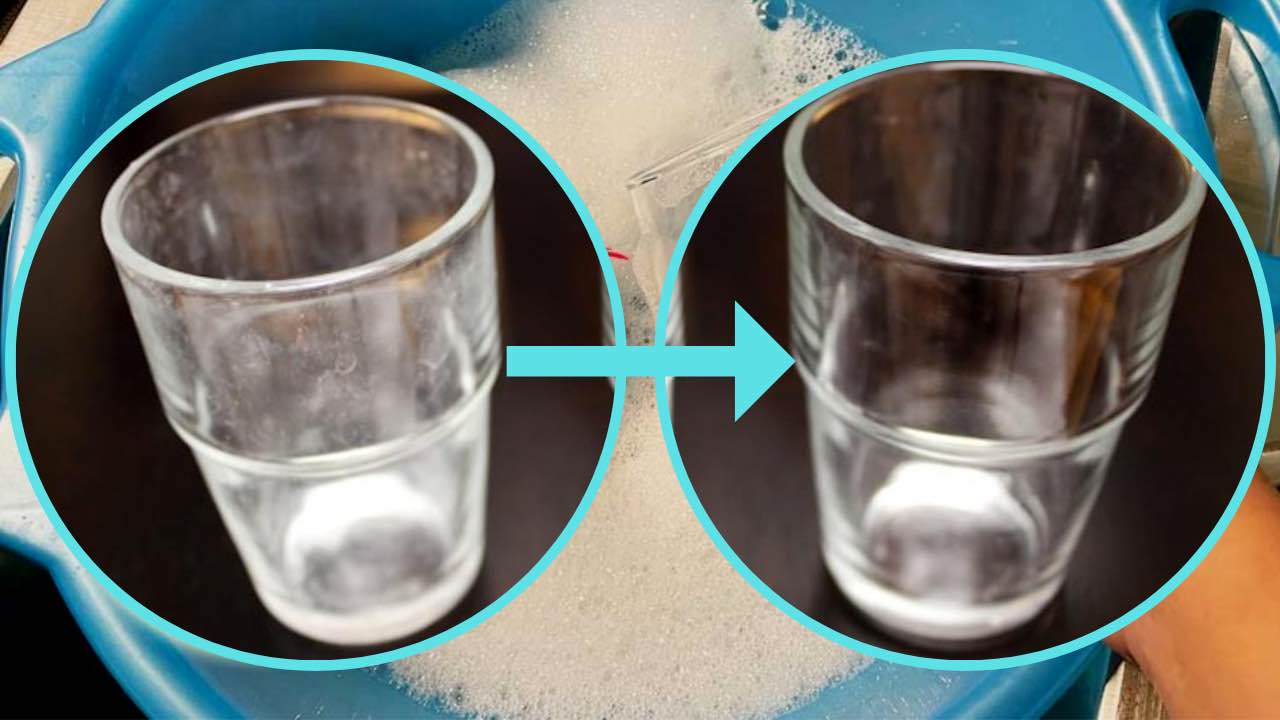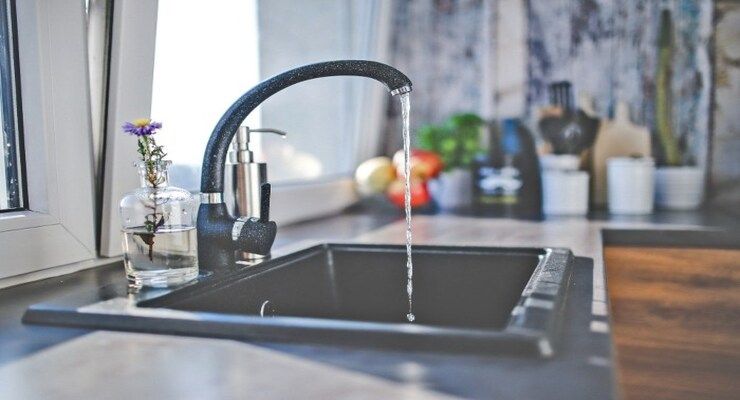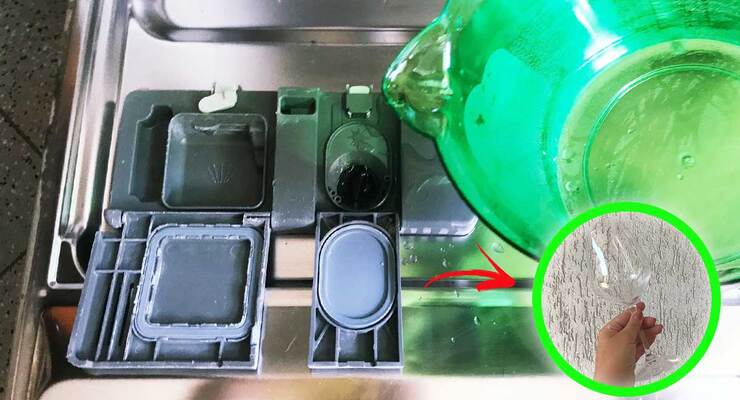
Maybe you set a nice elegant table , aiming to make a good impression, but then you don’t notice the opaque glasses and voila, a bad impression is guaranteed.
The glasses become opaque and have too many stains, sometimes they even smell bad, especially if the dishwasher is used.
Opaque glasses, that’s why they break down over time
The dishwasher, on the one hand, makes life easier, but on the other, it creates a white patina on the crystal glasses or stemware. This gives the impression of dirty, never washed or poorly washed glasses. Actually, the reason for opaque glasses can be mainly one. The water in the house is quite calcareous, so washing the glasses is not as optimal as it should be and as expected.

But there is also a second valid alternative: when and if you use chemical brighteners, you probably use them in excessive quantities , which causes the opposite effect. But don’t worry, because there is a quick and easy remedy, which was used in ancient times, that allows you to have foolproof and incredible results.
The 3 basins method
To have sparkling glasses, like new, just prepare 3 bowls. If the sink has two sinks, simply add a sink that is the size useful for your needs. The glasses treated with this remedy should not be dirty, but should only have water drops and dishwasher stains.

Then fill the first tub of the sink with hot water, dissolve two tablespoons of Marseille soap in it or, alternatively, two tablespoons of any dish soap are also fine. The only advice that can be given is to choose organic dishwashing soap , which is less harmful to the environment and allows you to obtain an excellent result.
Then pour it into the glasses to be cleaned and let it sit for a few minutes. Water and detergent dissolve lime stains and allow you to proceed with cleaning step by step without wasting time . After a couple of minutes, use the soft sponge to clean and scrape off the dirt. It is advisable not to use the abrasive sponge because it will scratch them. Alternatively, a simple microfiber cloth can also work. Pass internally and then externally, to remove the first stains and dirt.
Second phase and third phase
We then move on to the second phase, whereby the glasses are placed in the polishing basin, only after the excess soap has been removed. The second container in the sink should be filled with hot water and two glasses of vinegar . For this operation, white vinegar is recommended, because it has a less persistent odor and is more suitable for polishing opaque glasses. Then immerse the glasses in the polishing solution for a few minutes, then massage them with your hands, avoiding the use of the sponge. Thus, even wet, they will be shiny and clean, absolutely free of streaks.

The last container, however, should only be filled with warm water. Once this is done, place the glasses in them and rinse them gently to remove all traces of vinegar. Then they are drained to facilitate drying using a cotton cloth or absorbent paper. In the end the glasses will be shiny, like they were just purchased.
How to prevent the formation of halos
Before you get opaque glasses, however, you should think about their care and cleaning. Here are some useful tips for those who have a dishwasher at home . Salt is poured into the softener tray, which limits the hardness of the water and therefore removes limescale. This must always be cleaned, because otherwise the salt does not do its job as it should.

Then, if you use polishes, it is better to use DIY ones , perhaps prepared with citric acid. To prepare them at home takes a lot of time, so dissolve 150 grams of citric acid in a liter of warm water and that’s it. The mixture is stored in a glass bottle to use for each wash. All you need is a coffee mug to have shiny plates, glasses and cutlery.
